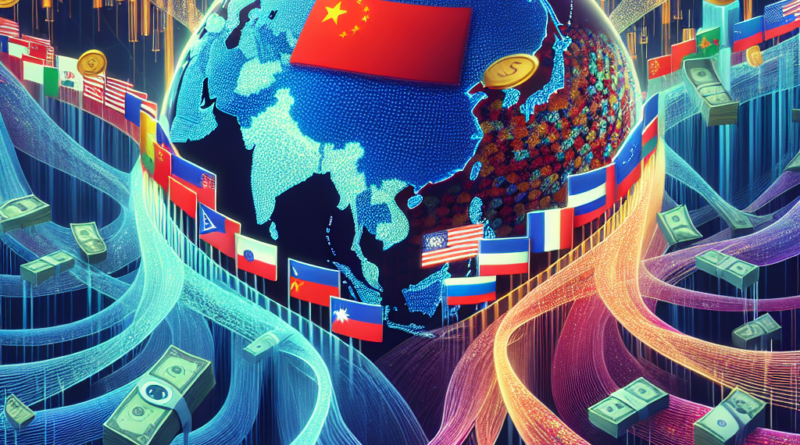More Foreign Investment in ASEAN than China: What Does It Mean?
The Rise of ASEAN: A New Era of Investment
For the first time in a decade, the ASEAN member states (Association of Southeast Asian Nations) have overtaken China in terms of Foreign Direct Investments (FDI).
According to the report “Navigating High Winds: Southeast Asia Outlook 2024-34,” produced by the Angsana Council, Bain & Co, and DBS Bank, the six main Southeast Asian economies (SEA-6) attracted a remarkable $206 billion in foreign investments in 2023, compared to China’s $43 billion.
This is just the beginning, as the same report forecasts a bright future for six key ASEAN players: Indonesia, Thailand, Vietnam, Singapore, Malaysia, and the Philippines.
These nations are expected to drive an astounding 97% of the region’s growth.
Historically, since the mid-1990s, Southeast Asia lagged significantly behind China in critical growth indicators such as real GDP, GDP per capita, trade growth, and both foreign and domestic investment levels.
Accelerating Growth Factors
Recently, Southeast Asia began laying the groundwork to boost four crucial growth factors: a rising workforce, enhanced labor productivity, increased capital expenditure, and improved capital productivity.
“Our analysis suggests that over the next decade, Southeast Asia could surpass China in GDP growth, reversing a 30-year trend,” the report states, pinpointing Vietnam as the most successful country in the region across various parameters.
From 2018 to 2022, FDI in Southeast Asia grew by 37%, compared to just 10% in China.
The region depends on trade two to five times more than other major areas, underscoring how trade volume has accounted for 89% of regional GDP growth over the last decade.
Factors Driving Economic Growth
One main driver for the accelerated trade with Asia is the Regional Comprehensive Economic Partnership (RCEP) and other trade liberalization measures.
As highlighted by Asia Financial, “The RCEP’s provisions regarding foreign investments and intellectual property rights could attract multinationals to Southeast Asia.” This agreement enhances the collective bargaining power of the region compared to individual competition with China.
Furthermore, there are three additional driving forces propelling Southeast Asia’s economic growth.
Firstly, companies are diversifying operations away from China due to international tensions.
Secondly, there’s a friendly interregional competition among ASEAN nations.
Lastly, Southeast Asia presents a rapidly growing and well-positioned region that benefits from trade, tourism, and investments.
The report anticipates an average GDP growth of 5.1% for Southeast Asia over the next decade.
Future Prospects
The forecast positions Vietnam and the Philippines as the fastest-growing countries, with Vietnam leading the pack.
Among the SEA-6, Singapore ranks highest for FDI per capita, while Indonesia and the Philippines sit at the bottom.
Yet, the growth rate of FDI in these two nations from 2018 to 2022 is among the highest, alongside Vietnam.
Malaysia, on the other hand, exhibits the slowest FDI growth but is committed to changing this trend, particularly by increasing interests in the semiconductor, electronics, and data center sectors.
The research in the report further indicates that FDI in Southeast Asia could surpass that of China within the next decade, especially considering the substantial foreign capital already drawn to emerging key sectors such as electric vehicle (EV) production, battery manufacturing, semiconductor fabrication, and data center provisioning.
In EV production, Thailand and Indonesia attracted the largest direct foreign investments—about $14 billion—over the last five years, thanks to a solid base of original equipment manufacturers (OEMs) producing for specific brands and labels, along with government support and incentives.
Indonesia leads the way in EV battery manufacturing due to its nickel reserves, garnering $26 billion in FDI over the past five years.
In semiconductor production, Malaysia and Singapore top the list with $38 billion in FDI.
Notably, Singapore specializes in wafer manufacturing and converting raw materials into small chips, while Malaysia excels in packaging and testing.




